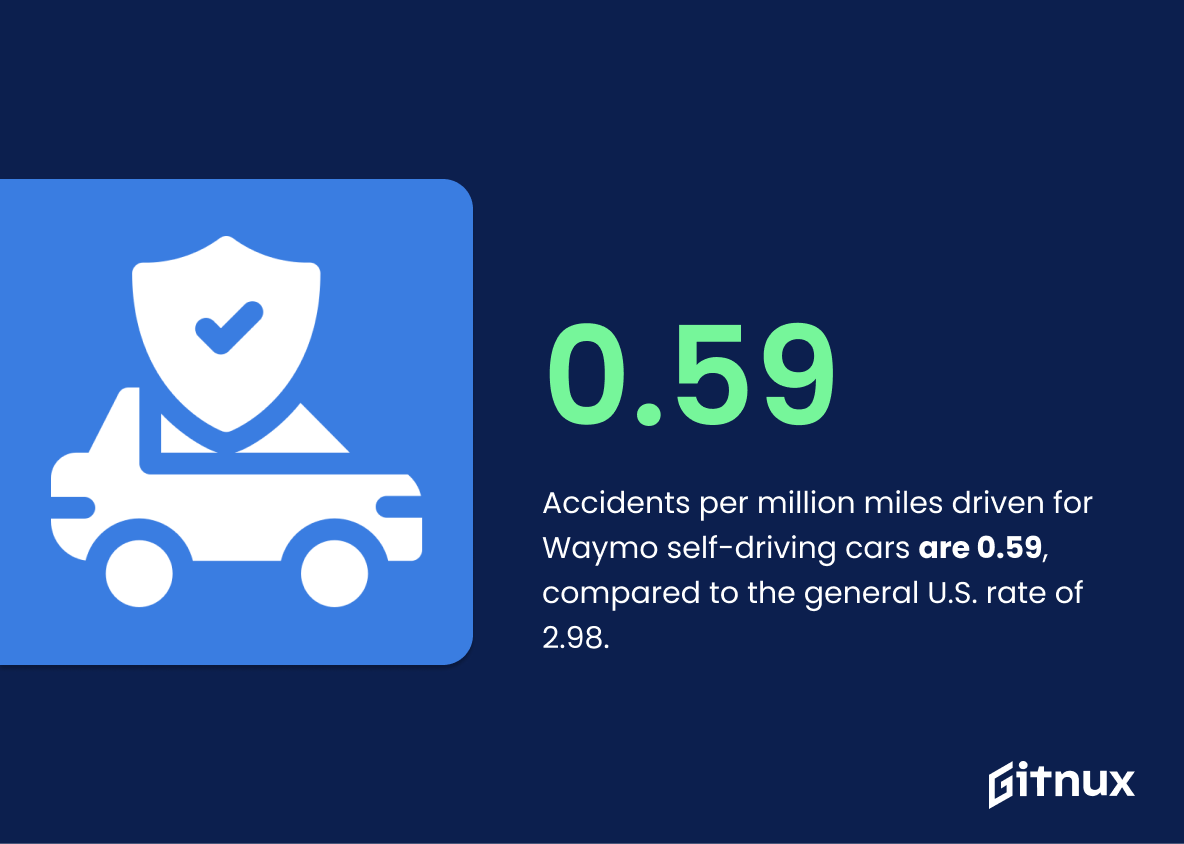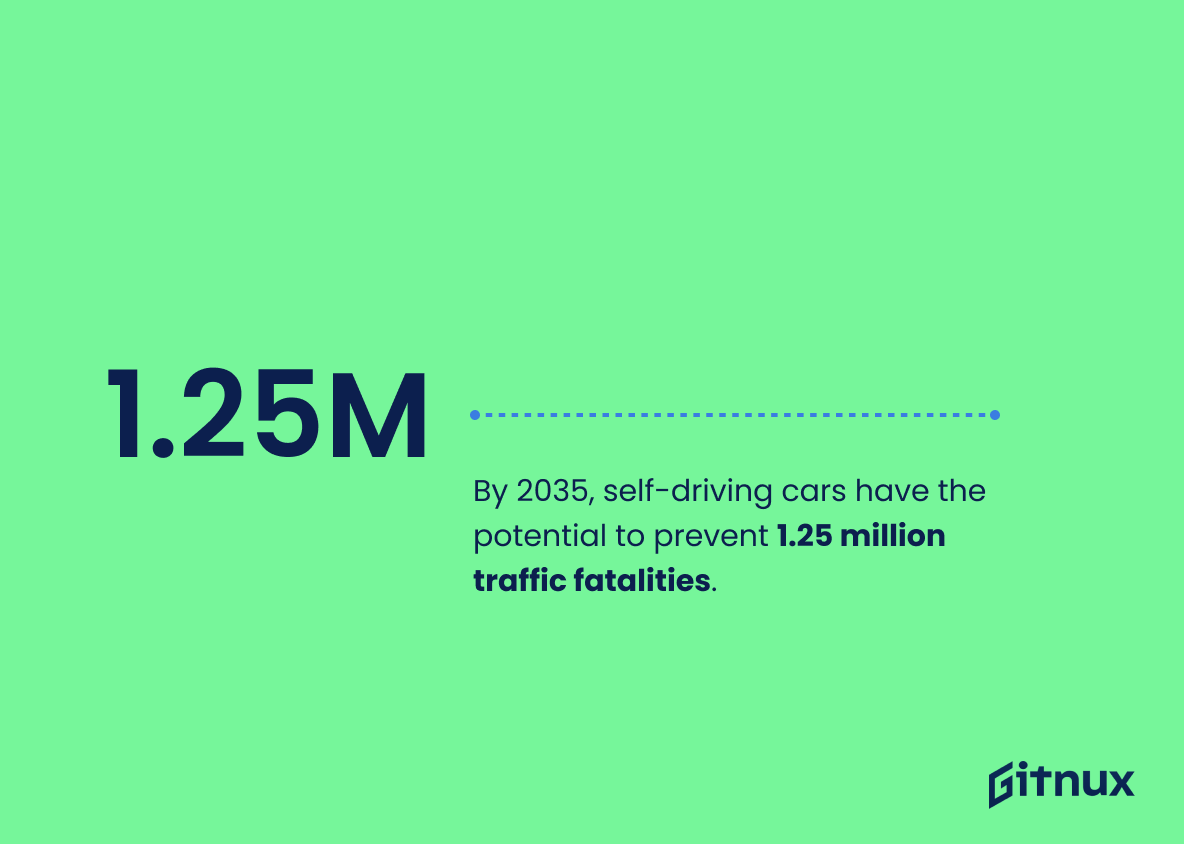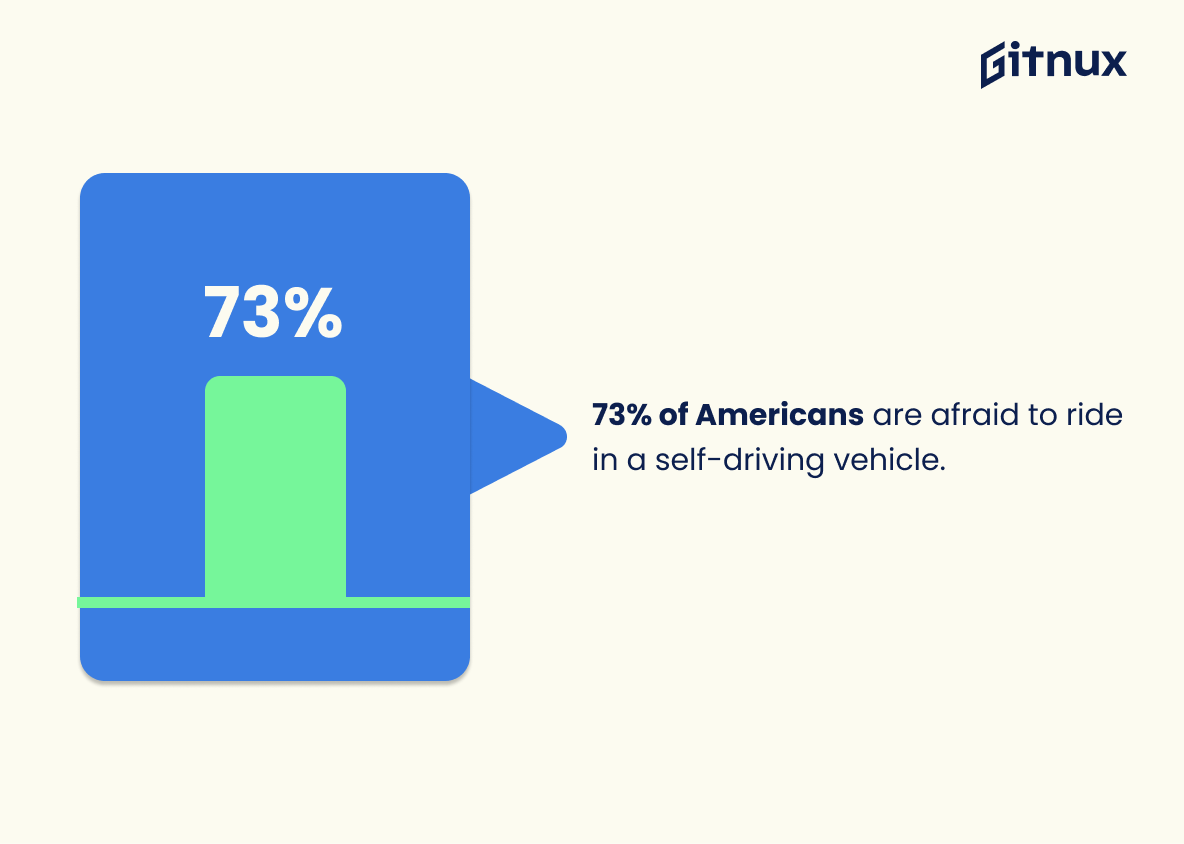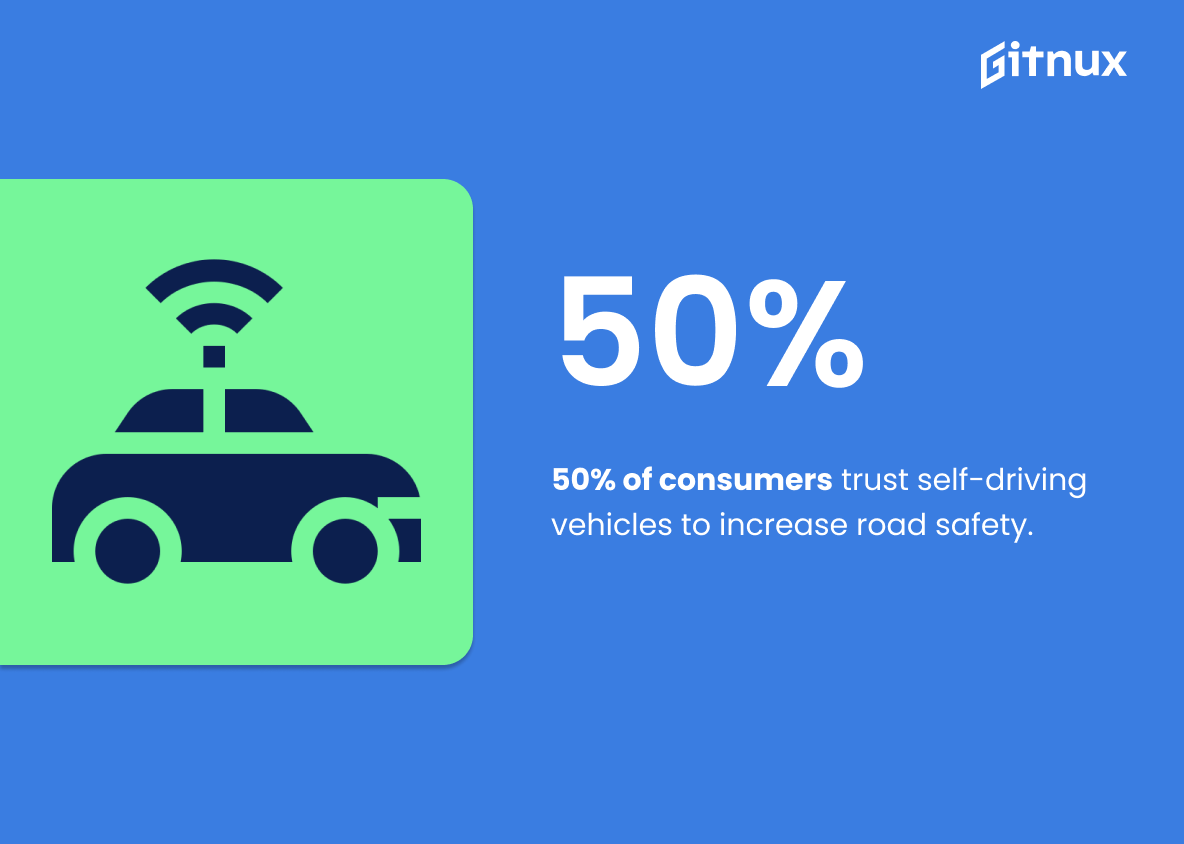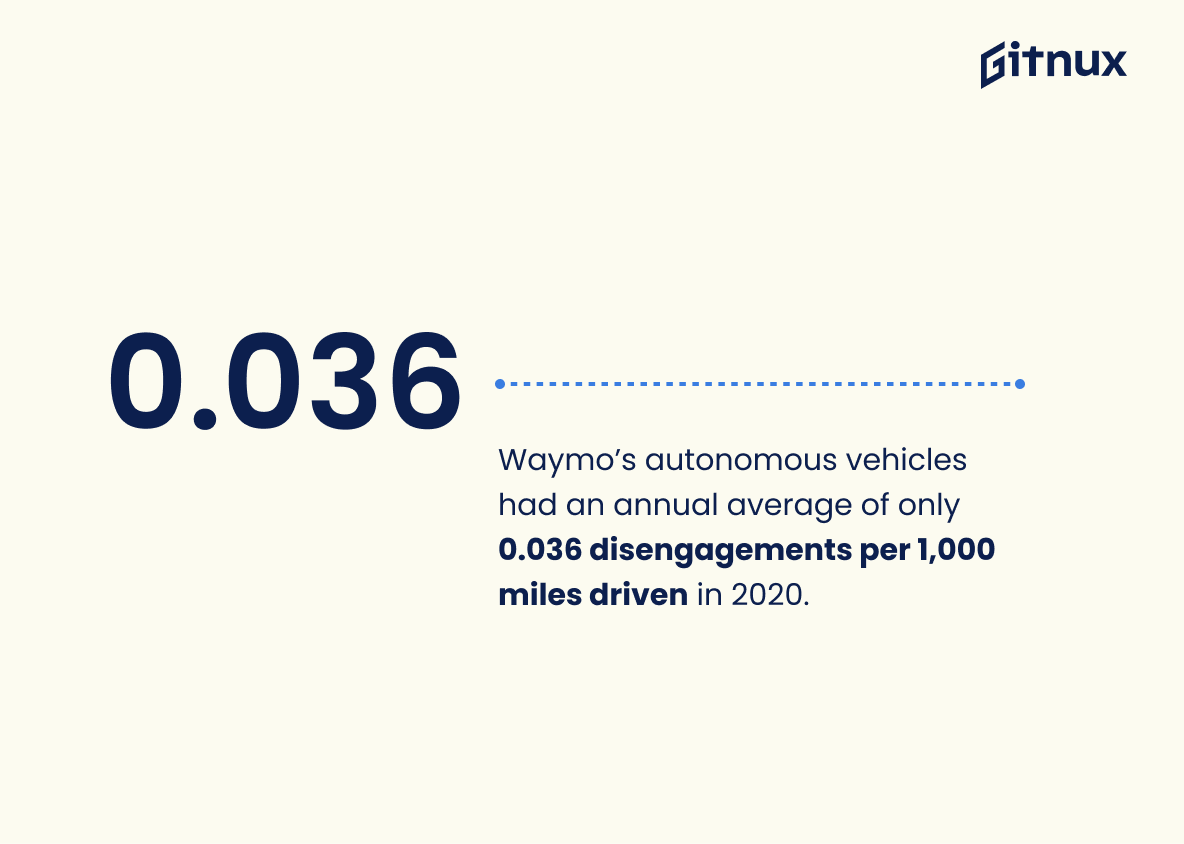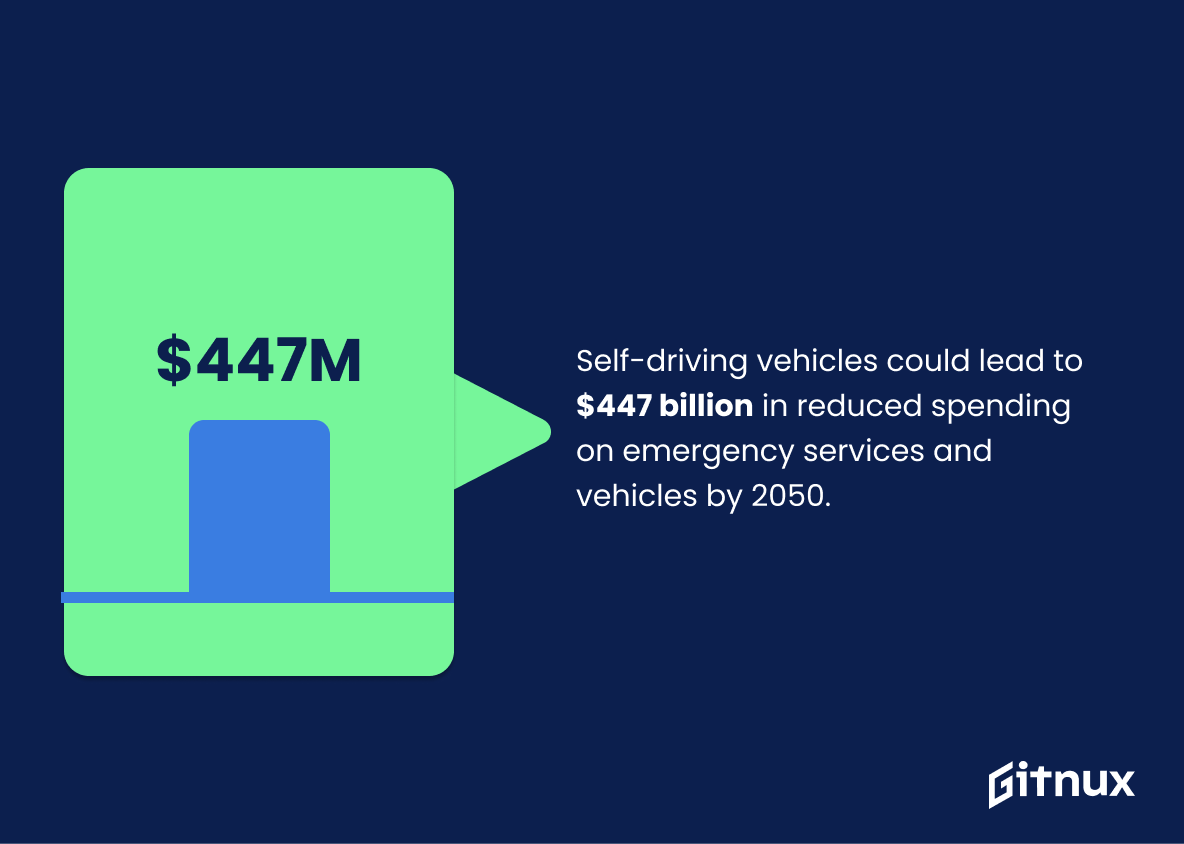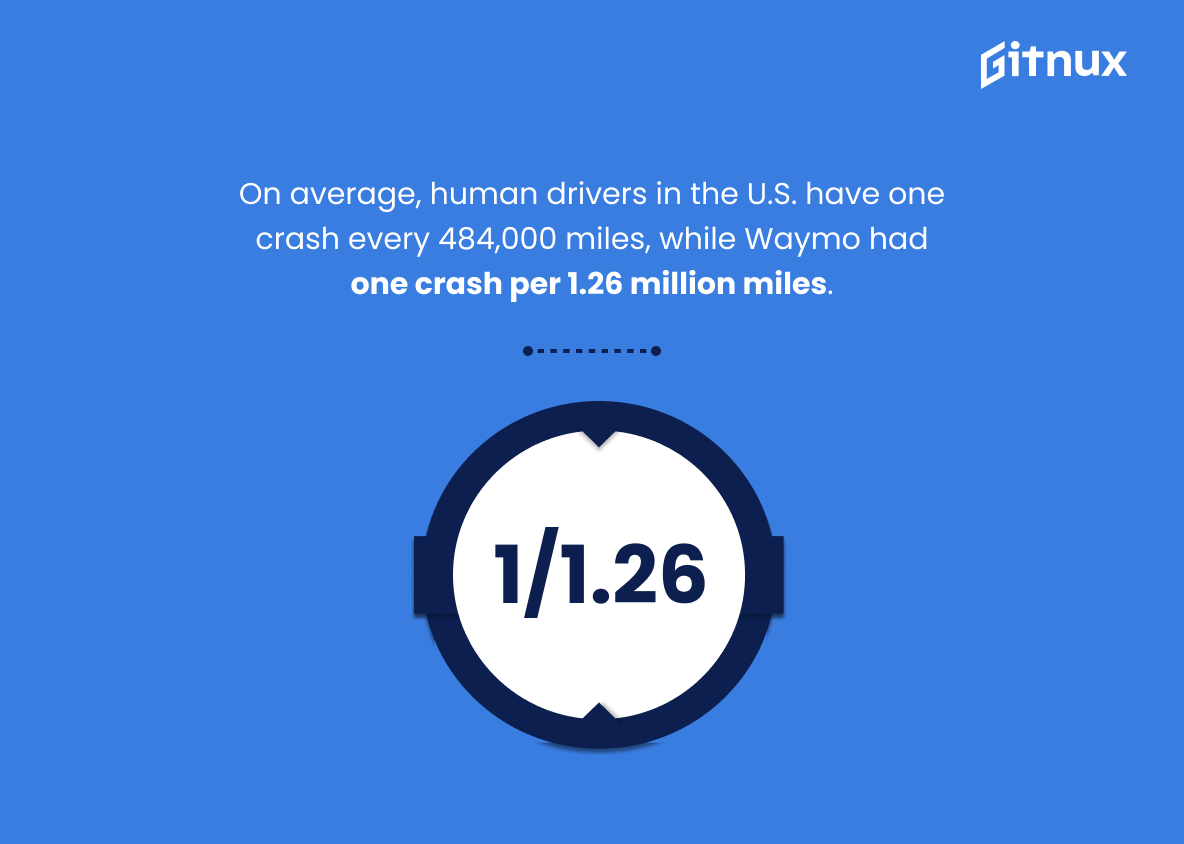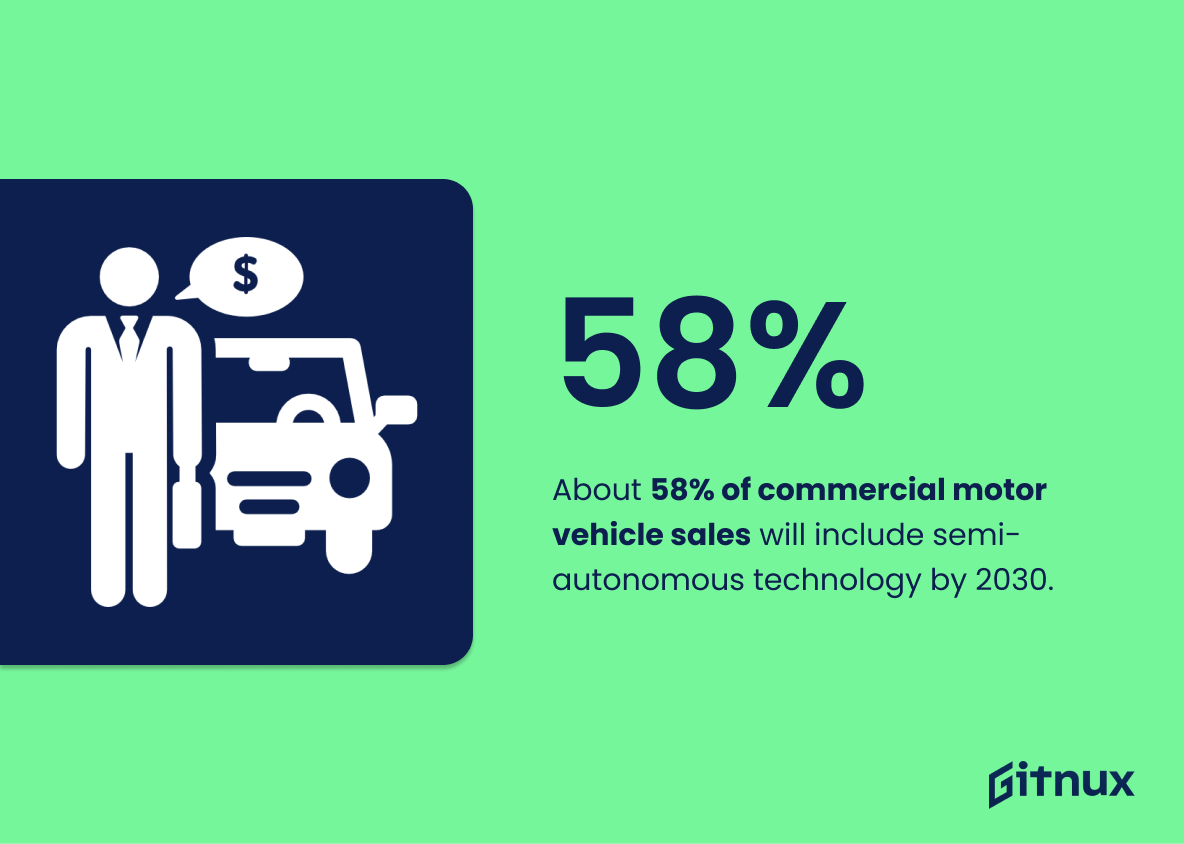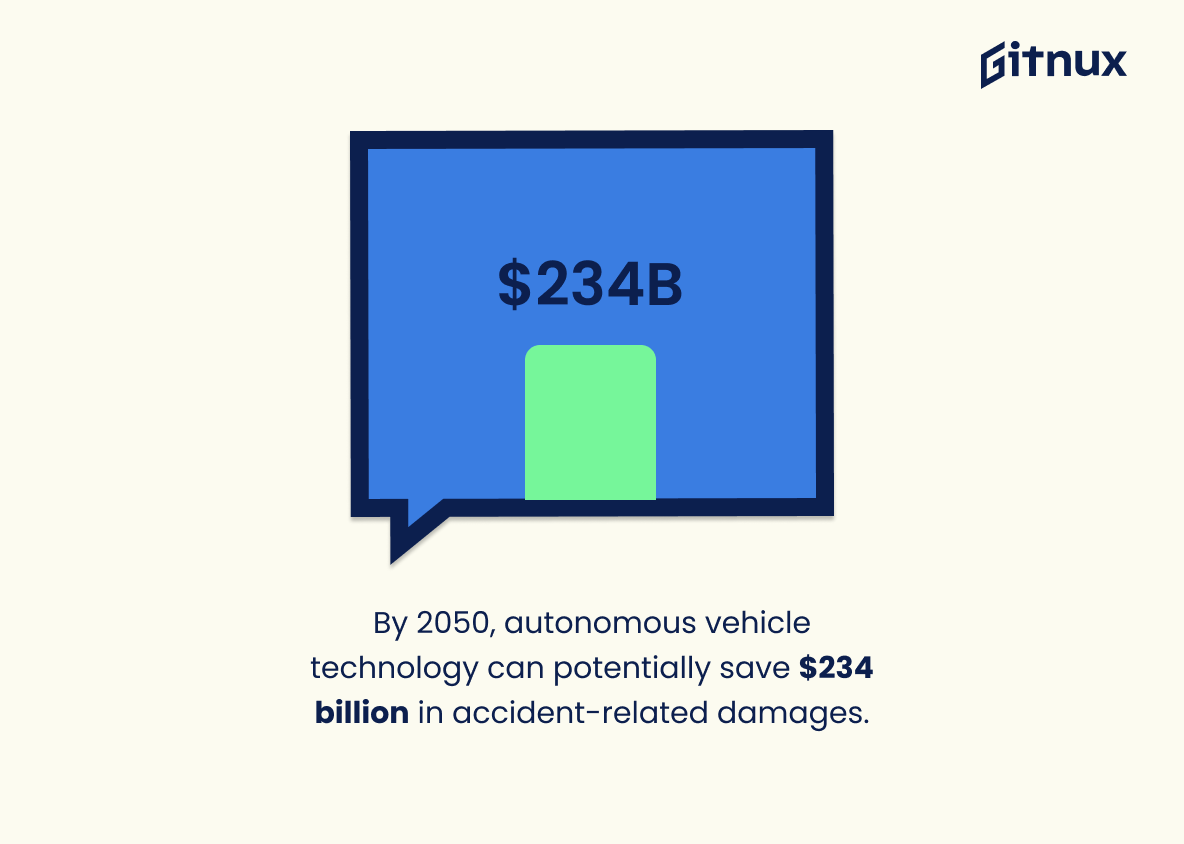Self-driving cars are becoming increasingly popular, and with that comes the need to understand their safety statistics. In this blog post, we will explore 20 different self-driving car safety statistics from various sources.
We’ll look at how many accidents are caused by human error, what percentage of fatalities could be prevented by autonomous vehicles, and more. Additionally, we’ll discuss public opinion on self-driving cars as well as potential economic benefits associated with them. By understanding these facts and figures about self-driving car safety stats, you can make an informed decision about whether they’re right for you.
Self Driving Cars Safety Statistics Overview
Accidents per million miles driven for Waymo self-driving cars are 0.59, compared to the general U.S. rate of 2.98.
This statistic is a testament to the safety of Waymo self-driving cars, as it shows that they are significantly less likely to be involved in an accident than the average U.S. vehicle. This is an important point to make when discussing the safety of self-driving cars, as it demonstrates that they are a viable and safe alternative to traditional vehicles.
Tesla Autopilot results in a 40% reduction in car crashes compared to vehicles without the technology.
This statistic is a powerful testament to the safety benefits of Tesla Autopilot technology. It demonstrates that the technology is capable of significantly reducing the number of car crashes, making the roads safer for everyone. This is an important point to consider when discussing the safety of self-driving cars, as it shows that the technology can be used to improve safety and reduce the risk of accidents.
By 2035, self-driving cars have the potential to prevent 1.25 million traffic fatalities.
This statistic is a powerful reminder of the potential life-saving impact that self-driving cars could have on our roads. It highlights the fact that, if implemented correctly, these vehicles could drastically reduce the number of traffic fatalities, saving countless lives in the process. This is an incredibly important point to consider when discussing the safety of self-driving cars.
73% of Americans are afraid to ride in a self-driving vehicle.
This statistic is a stark reminder of the public’s apprehension towards self-driving vehicles. It highlights the need for further research and development to ensure the safety of these vehicles and to build public trust. It also serves as a warning to those developing self-driving cars that they must prioritize safety and security in order to gain public acceptance.
Self-driving cars could lead to an 81% reduction in vehicle crashes in the U.S.
This statistic is a powerful indicator of the potential safety benefits of self-driving cars. It suggests that if these vehicles were to become widely adopted, the number of vehicle crashes in the US could be drastically reduced. This is an important point to consider when discussing the safety of self-driving cars, and it is a statistic that should not be overlooked in any blog post about self-driving car safety statistics.
50% of consumers trust self-driving vehicles to increase road safety.
This statistic is a powerful indicator of the public’s confidence in self-driving vehicles to improve road safety. It shows that half of consumers are willing to put their trust in the technology, which is a strong sign that the public is ready to embrace the potential of self-driving cars. This statistic is an important piece of evidence to consider when discussing the safety of self-driving cars, and it can be used to demonstrate the public’s willingness to accept the technology.
Self-driving vehicle testing in California recorded a 20% decrease in disengagements (human driver interventions) between 2019 and 2020.
This statistic is a testament to the progress being made in the safety of self-driving vehicles. It shows that the technology is becoming more reliable and that the number of times a human driver has to intervene is decreasing. This is a positive sign that self-driving cars are becoming safer and more reliable, and that the technology is advancing.
Waymo’s autonomous vehicles had an annual average of only 0.036 disengagements per 1,000 miles driven in 2020.
This statistic is a testament to the safety of Waymo’s autonomous vehicles, showing that they are capable of driving thousands of miles without any disengagements. This is a remarkable achievement, and it speaks to the reliability of the technology and the trustworthiness of the company. It is a powerful indicator that self-driving cars are becoming increasingly safe and reliable, and it is a great example of the progress that has been made in the field of autonomous vehicle safety.
Self-driving vehicles could lead to $447 billion in reduced spending on emergency services and vehicles by 2050.
This statistic is a powerful indicator of the potential economic benefits of self-driving vehicles. By reducing spending on emergency services and vehicles, self-driving cars could save a staggering $447 billion by 2050. This could be a major boon for governments and businesses alike, allowing them to invest in other areas and create a more efficient and cost-effective transportation system.
On average, human drivers in the U.S. have one crash every 484,000 miles, while Waymo had one crash per 1.26 million miles.
This statistic is a testament to the safety of self-driving cars, as it shows that they are far less likely to be involved in a crash than human drivers. This is an important point to consider when discussing the safety of self-driving cars, as it demonstrates that they are a much safer option than traditional human-driven vehicles.
About 58% of commercial motor vehicle sales will include semi-autonomous technology by 2030.
This statistic is a telling indication of the future of self-driving cars. It shows that the technology is rapidly advancing and becoming more commonplace, with a majority of commercial motor vehicle sales expected to include semi-autonomous technology by 2030. This is a significant milestone in the development of self-driving cars, and it is important to consider the safety implications of this technology as it becomes more widely adopted.
By 2050, autonomous vehicle technology can potentially save $234 billion in accident-related damages.
This statistic is a powerful reminder of the potential of autonomous vehicle technology to revolutionize the way we travel. By reducing the number of accidents, autonomous vehicles can drastically reduce the amount of money spent on accident-related damages, freeing up resources for other important investments. This statistic is a testament to the potential of self-driving cars to make our roads safer and more efficient.
In 2020, 42 companies tested approximately 292 self-driving cars on Californian public roads.
This statistic is a telling indication of the progress being made in the development of self-driving cars. It shows that the technology is being actively tested and improved upon, and that the number of companies involved in the process is growing. This is an encouraging sign that the safety of self-driving cars is being taken seriously and that the industry is making strides towards a safer future.
A study shows that autonomous vehicles must drive 275 million miles without a fatal crash to demonstrate their safety ratings are better than human drivers.
This statistic is a crucial benchmark for the safety of autonomous vehicles, as it provides a tangible measure of how well they compare to human drivers. It is a key indicator of the reliability of self-driving cars, and is essential for understanding the safety statistics of these vehicles. By setting a clear goal for autonomous vehicles to reach, this statistic helps to ensure that they are held to the same standards as human drivers.
Conclusion
Self-driving cars have the potential to revolutionize transportation and reduce car accidents caused by human error. The statistics presented in this blog post demonstrate that self-driving vehicles are becoming increasingly safe, with Waymo’s autonomous vehicles having an annual average of only 0.036 disengagements per 1,000 miles driven in 2020 and a rate of 0.02 fatal accidents per 100 million miles driven.
Autonomous vehicle technology can potentially save $447 billion in reduced spending on emergency services and vehicles by 2050 as well as lead to an 81% reduction in vehicle crashes compared to those without the technology. Despite these promising figures, many Americans remain fearful about riding in a self-driving car due to safety concerns; however, if autonomous vehicle companies continue their progress towards safer roads for all drivers, then public opinion may shift over time.
References
0. – https://www.intelligenttransport.com
1. – https://www.ihsmarkit.com
2. – https://www.dmv.ca.gov
3. – https://www.eno.org
4. – https://www.rand.org
5. – https://www.gartner.com
6. – https://www..deloitte.com
7. – https://www.nap.edu
8. – https://www.news.gallup.com
9. – https://www.businessofbusiness.com
10. – https://www.nhtsa.gov
ZipDo, cited June 2023: Self Driving Cars Safety Statistics
